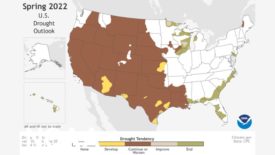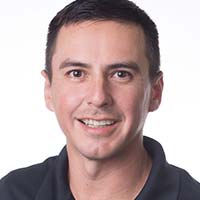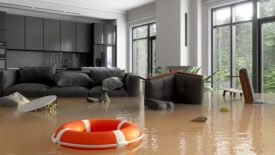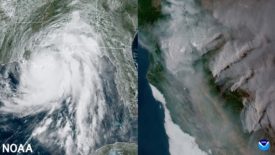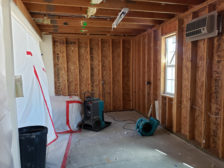Home » Keywords » flood damage restoration
Items Tagged with 'flood damage restoration'
ARTICLES
How Drying in a Flood House Compares to Drying Structures in the Field
Pulling the Curtain Back on 3 Key Drying School Secrets
Read More
Get our new eMagazine delivered to your inbox every month.
Stay in the know on the latest disaster restoration and remediation trends.
SUBSCRIBE TODAY!Copyright ©2022. All Rights Reserved BNP Media.
Design, CMS, Hosting & Web Development :: ePublishing
